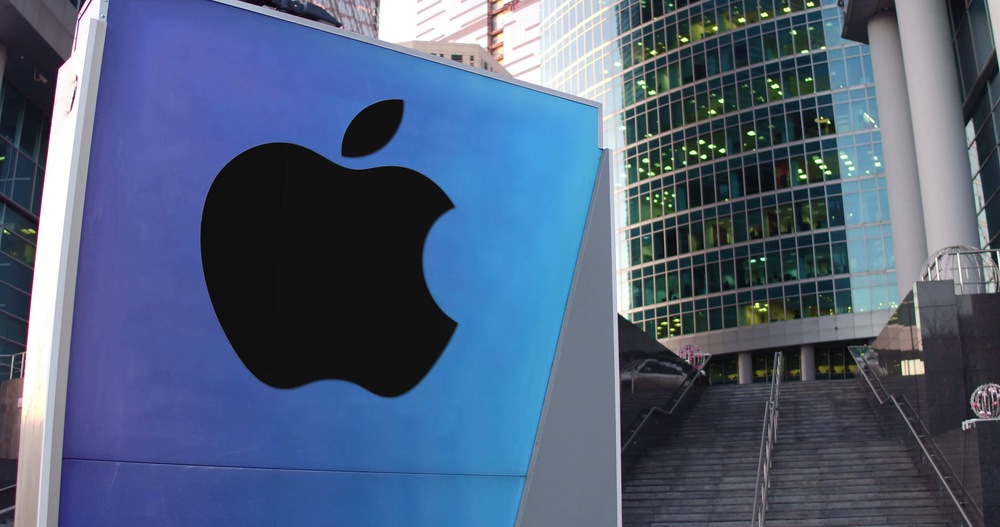Investor Insights:
- Apple’s stock is up almost 1,000% since the beginning of the 2010s.
- A famous 13th-century story best explains this kind of exponential growth.
- At Automatic Fortunes, our mission is to identify and invest in next-generation technologies before the herd.
Every $1,000 invested in Apple at the beginning of the 2010s turned into roughly $10,000 on New Year’s Eve this week.
It’s hard to see this kind of massive growth because our brains aren’t programmed to think exponentially.
There’s a famous 13th-century story that best explains exponential growth and why it’s hard to fathom.
In it, the king of the realm loves playing chess. He enjoys the game so much that he wants to reward the inventor handsomely.
The inventor of chess thinks for a minute and then asks the king to take a chessboard, put one grain of rice in the first square and then double the amount of rice in each subsequent square.
After the first row of the board is filled, the inventor owns a total of 256 grains of rice — a little more than a handful.
With the first half of the chessboard complete, he now owns a football-field-sized amount of rice.
But that’s where things get out of hand…
For the king to fulfill his wish and complete the second half of the board, he would have to pay the inventor a pile of rice the size of Mount Everest.
The lesson of the story is that exponential growth means things happen slowly at first, but then all at once.
Here’s how it applies to this new decade’s biggest tech trends…
Science Fiction Becomes a Reality
According to Moore’s law, the number of transistors on integrated circuits doubles every two years, though the cost of computers is halved.
That means computers get smarter while their circuitry becomes smaller and cheaper.
This process has been happening since the 1950s. In that time, a warehouse-sized mainframe computer has shrunk enough to now reside in your pocket or on your wrist.
Today’s computers are also much more powerful. The average iPhone has 1 million times more memory than the computer that landed the Apollo 11 on the moon in 1969.
Machines have been following the path of the chessboard. The smartphone barely existed a decade ago, and now 2.7 billion people carry one around with them.
But here’s what’s shocking … we’re only halfway through the chessboard, as the integrated circuit has gone through only 30 two-year cycles.
If technology continues to improve at its current exponential rate, the next half-century will mimic the rice bounty growing from a football field to Mount Everest.
It also means more of what we once considered science fiction becomes a reality — self-driving cars, virtual reality, artificial intelligence, gene editing and new cures for disease and aging.
Bigger Than Apple, Google and Amazon
At Automatic Fortunes, our mission is to invest in these next-generation technologies. We use a simple four-step strategy to find winning positions.
That’s helped me find winners such as Amazon and Apple before they collectively soared more than 2,182%.
The basis of this strategy is to find companies that are involved with tipping-point trends — new technologies that are finally coming to fruition.
That’s helped us get in early on 5G, electric vehicles and clean energy. And we recently closed one of our tech positions for a big profit in under two months when our supercomputer company was bought out.
But it’s not too late to buy these stocks. They’ll benefit from the tipping-point trends that will play out over the next decade, just as Amazon and Apple did in the 2010s.
If you don’t want to miss out on the biggest trends of the 2020s, then learn more about Automatic Fortunes by clicking here.
Regards,
Editor, Automatic Fortunes
P.S. One company I recently added to the Automatic Fortunes portfolio has higher sales growth than Apple, Google and Amazon … combined! Click here to find out more.
